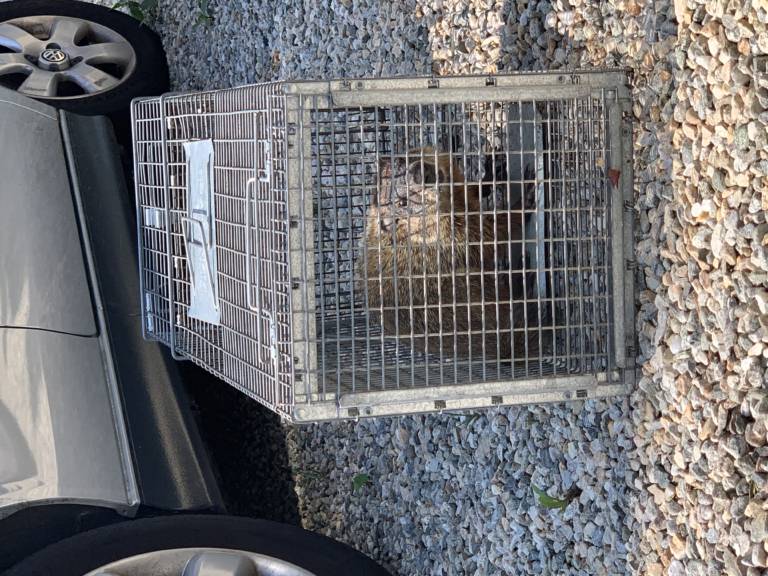What to Do If You Hear Scratching in Your Attic at Night
Hearing scratching, thumping, or scampering sounds in your attic at night is unsettling—and it’s one of the most common signs that wildlife has made its way into your home. In Connecticut, raccoons, squirrels, bats, mice, and even birds frequently enter attics seeking warmth, shelter, and nesting sites. While the noises may seem minor at first, ignoring them can lead to significant property damage, health risks, and costly repairs.
The first step when you hear attic noises is to stay calm and avoid entering the space. Many homeowners open the attic door without understanding the potential dangers. Raccoons can become aggressive when they feel cornered, particularly mothers protecting babies. Bats carry a risk of rabies exposure, and squirrels may panic and run directly at a person. Instead of investigating on your own, listen for the pattern of noises. Heavy, slow thumping often points to raccoons. Fast scurrying during daytime hours suggests squirrels. Light fluttering or chirping may indicate bats or birds.
Next, check the exterior of your home from a safe distance. Look for torn soffits, loose shingles, bent attic vents, or holes near the roofline. Raccoons are strong enough to rip open weakened areas, while squirrels can chew through wood, siding, and vents. You may also notice droppings, oily rub marks, or damaged gutters. These signs help identify potential entry points but should never be sealed before the animals are professionally removed.
Wildlife in an attic is more than just a nuisance. Animals can destroy insulation, chew electrical wiring, contaminate air quality with droppings and urine, and create structural risks. Many homeowners discover thousands of dollars’ worth of damage only after removal. Additionally, baby animals trapped inside can die, creating severe odor and sanitation problems.
The safest and most effective solution is to contact a licensed wildlife removal specialist like Gray Brothers. A professional will inspect your attic, determine the species involved, assess whether babies are present, and create a removal plan tailored to your home. Humane trapping, one-way exclusion devices, and safe handling techniques ensure the animals are removed without harm. Once the wildlife is out, the technician seals entry points using wildlife-proof materials and restores the attic to safe conditions with sanitizing and insulation repair options.
If you hear scratching in your attic at night, don’t wait—wildlife problems only worsen with time. Early intervention prevents major damage, protects your family, and keeps wildlife where it belongs—outside.

